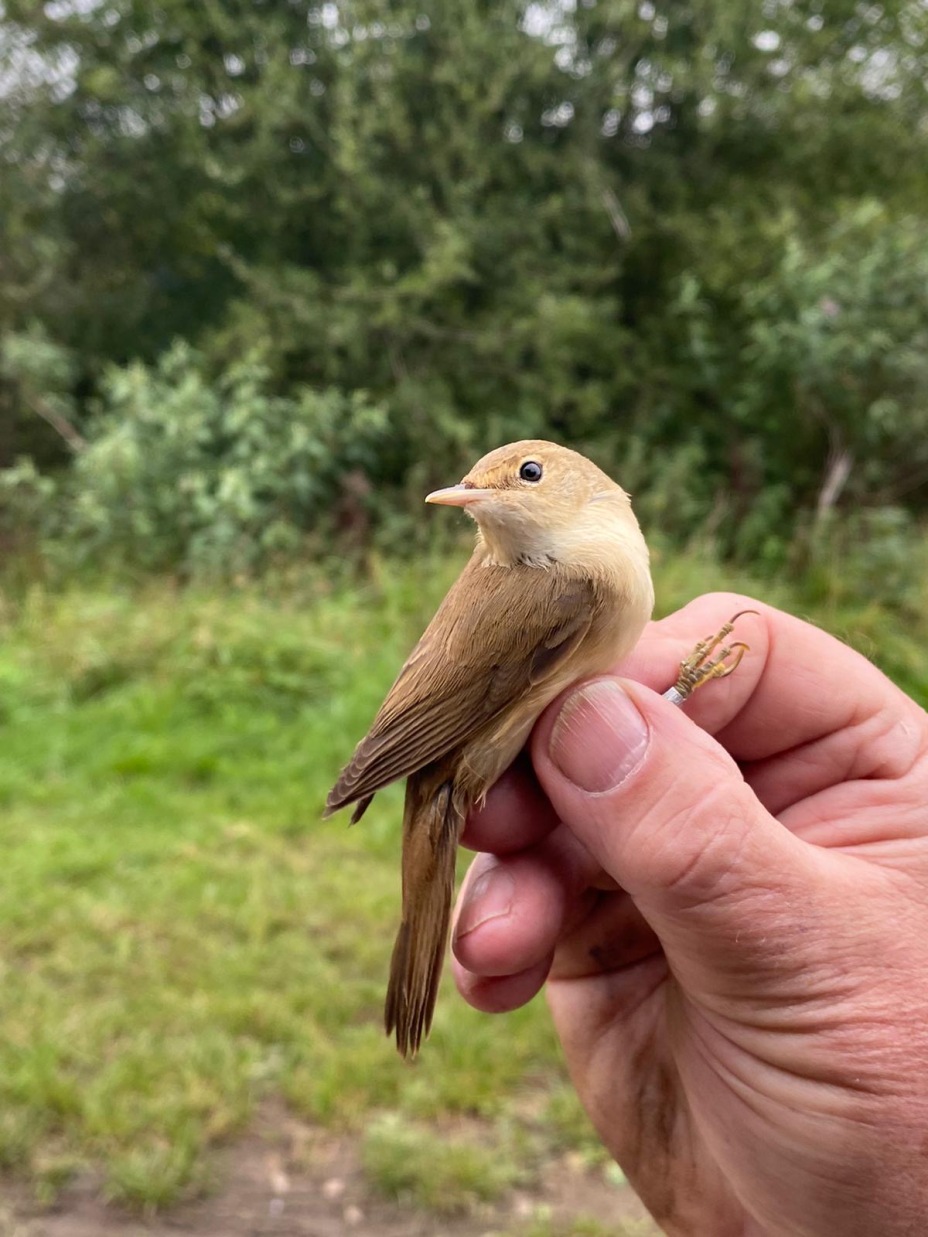Northamptonshire’s 5th Dartford Warbler makes landfall … in a garden.
It’s been ten years since the last Dartford Warbler appeared in Northants, when a first-winter was discovered in an overgrown field off Wire Lane, East Carlton on 25th November 2010, remaining there for a further five days.
The long wait for another finally came to an end last Saturday morning, 17th October, when one, a first-winter, paid a brief visit to a garden at Blakesley, in south Northants. Initially alighting on a wooden fence, it quickly dropped into an area of spent Sweet Peas and Cornflowers, where it skulked just above ground level and mostly out of sight, for about ten minutes. During this short period of time, a handful of photos were obtained by Colin and Gill Stafford before it flew off. Unfortunately, it did not return and it hasn’t been seen since, despite looking.


From an identification perspective, Dartford Warbler was the only likely candidate fitting the bill, although the rather subdued first-winter plumage tones, dull iris and lack of red eye-ring were enough to cast some doubts and the bird was not conclusively identified from the photos until 19th October. With regard to iris and orbital ring colour, young Dartford Warblers – especially those from second broods – can have a dull iris through October and, as with adult females, the orbital ring can vary from brown, through yellow-brown and pink-red to brick red and exceptionally, there is a white ring of feathers around the eye (BWP v.6).
‘Out of range’ Dartford Warblers occurring so far during this October include three in Bedfordshire and individuals in Oxfordshire, Wiltshire and Buckinghamshire where, paralleling the Blakesley bird, one was photographed in a flower bed in a private garden in Chesham on 18th.
Previous county records are:
1998 Summer Leys LNR, 6th December
1999 Hollowell Res, 31st October to 2nd November
2004 Swan Valley, Northampton, 3rd December 2004 to 9th January 2005, two, with one remaining until 25th February 2005
2010 East Carlton, 25th-30th November
Given the increase in this species’ UK population (approximately 2,200 territories in 2017) since it was hit significantly by the hard winters of 2009-10 and 2010-11, perhaps we can look forward to more coming our way in the future.











 Before packing up this morning, the last bird pulled from the nets of the Stanford Ringing Group proved to be a Northamptonshire first but the subsequent circulation of the in-hand images generated a debate over its identity and a good deal of controversy as a result.
Before packing up this morning, the last bird pulled from the nets of the Stanford Ringing Group proved to be a Northamptonshire first but the subsequent circulation of the in-hand images generated a debate over its identity and a good deal of controversy as a result.













